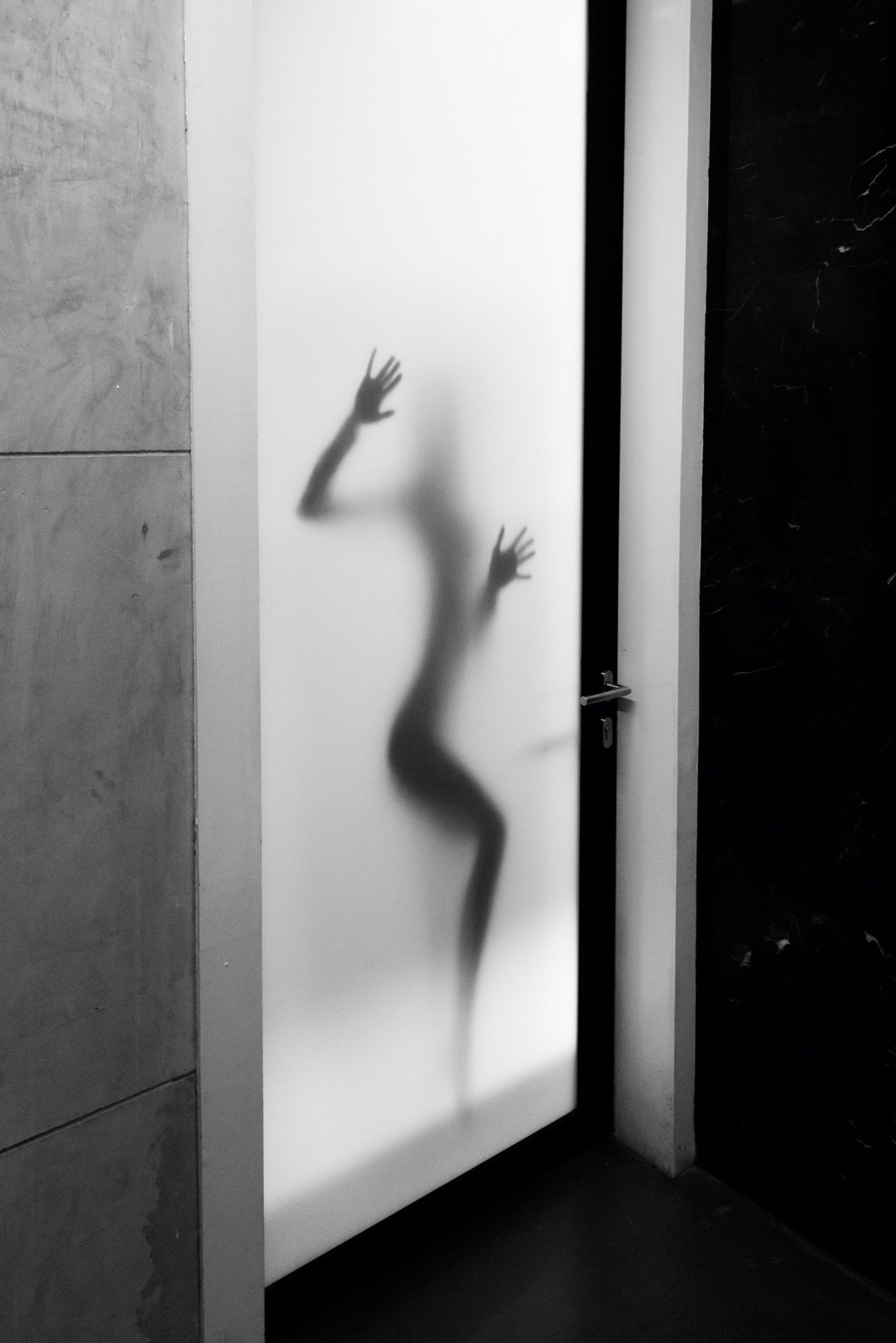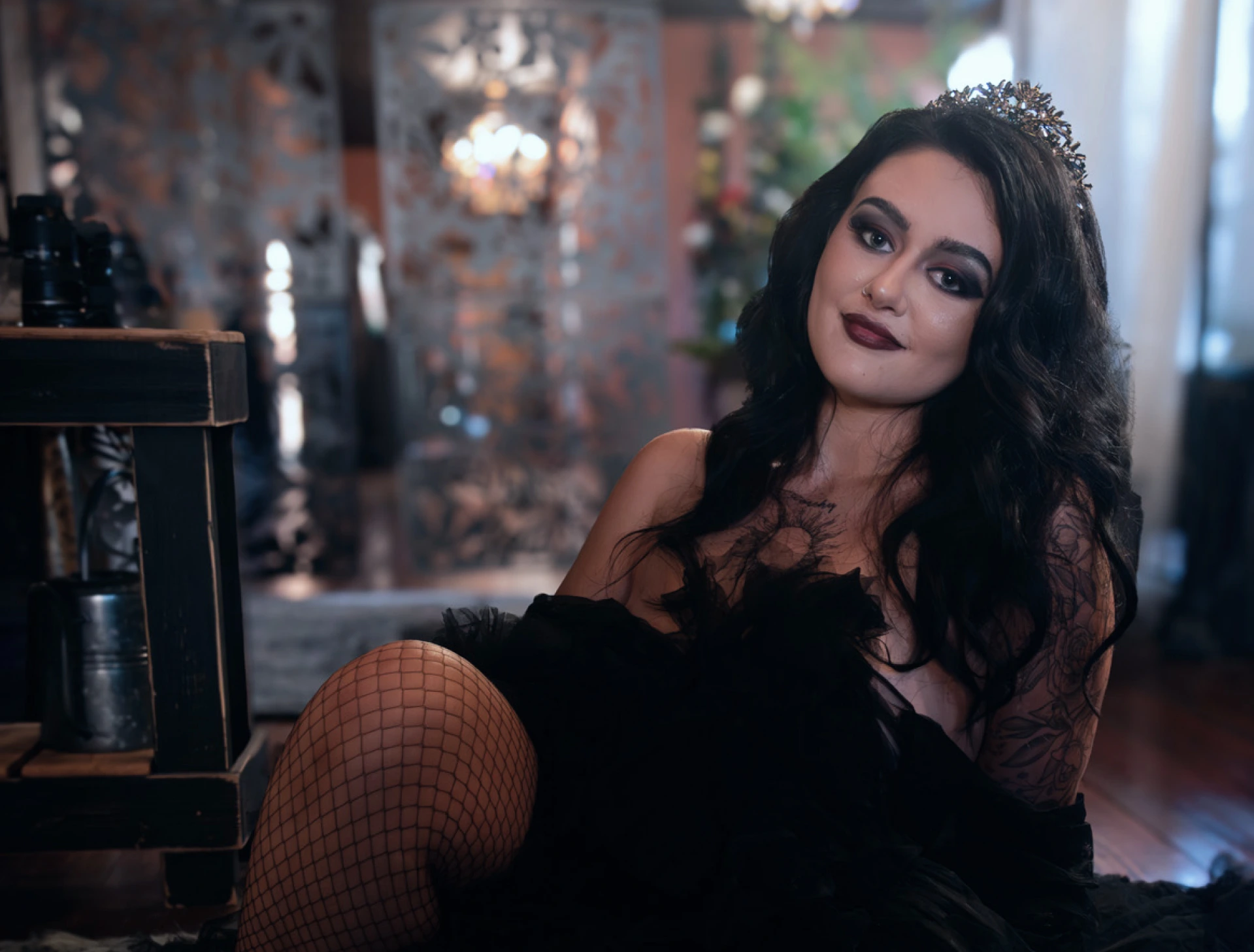Body Positivity is a complicated dance. Looking in the mirror before getting into the shower I can’t help but examine the lines and curves of my body. Standing naked in my bedroom every scar, stretch mark across my belly and hips, looking at every single dimple on the back of my legs and thighs I wonder. Wishing my breast sat a little higher my waist was a little more narrow. My examination of my body is something I have in common with everyone in the world.
Despite the countless compliments I receive I am still not completely happy with my appearance. What keeps me from obsessing over what I don’t like about my body is the multiple comments I overhear in the gym locker room. Women who I think look amazing complaining about their bodies. Or when a young woman tells me how she wishes she had my shape.
When I gained a significant amount of weight from a serious injury my insecurities about my body magnified. I would look at older photos of me wishing I was that size again. This made me realize no matter my shape, I would never be happy with my weight because I was never good enough. Then I realized if I based my standard of beauty off what society deemed, I might as well jump off a cliff.
The History of Body Positivity Movement
Thinking about Body Positivity what comes to mind? A movement? Since mainstream media started mentioning it’s still going strong after a hashtag. It’s not without criticism and backlash from both sides of the debate. Despite what many people may think. The Body Positivity movement has been around for a while. Long before Dove’s 2004 “Love the skin you are in ” Campaign. They were the first mainstream brand to start showcasing women in multiple size ranges. Women are pushing back with the aid of social media. Wanting more representation in media to showcase all demographics, ethnicities and body types.
While researching the Body Positivity Movement I discovered it was around since the first wave of the Feminist Movement of the 1900s. Women refused to be subjected to tightly restricted corsets. And dresses that were literally poisoning them. It seems body positivity and fashion have always gone hand in hand. Many people don’t realize rebellion from traditional attire is the freedom of accepting one’s authentic self. Every time women pushed back on a trend there was the movement.
Society’s Ever-Changing Beauty Standard
Body acceptance associated with fat acceptance didn’t really take form until the late 1960s. A man named Steve Post held a rally in Central Park. witnessed his wife being shamed for being overweight. Throughout the decades’ women have been pushing back against the beauty standards mainstream media pushes.
Each decade the ideal standard of beauty has become more absurd and unrealistic. The Lollipop bobblehead that’s a size zero in the 1990s like Kate Moss and Calista Flockhart.
The early 2000s were slim and slightly curvy hourglass body of having the then ideal 36-24-36 body measurements like Brittany Spears, Heidi Klum, and Jennifer Lopez. Who can remember the craze of having a botty like J Lo?
In the 2010s it was the massive Ant Booty, big lips, and unnaturally shaped large breasts like Black China, Kim Kardashian, and every Instagram wannabe model. Oh then there was the thigh gap, that really drove young girls to develop an eating disorder. It was so bad there were multiple videos explaining weight loss is not going to give you a thigh gap. By late 2010 the movement really made a dent when it came to brands showcasing women in various size ranges. What a lot of people don’t realize is Body Positivity has been around for generations.
Toward the latter part of the decade, there was a shift. More women plus-sized women like Ashley Graham and Tess Holliday started gracing the covers of magazines. IG and FB groups labeled Fat Positive soon exploded everywhere.
Polarizing Opposition
Then there was the artist Lizzo plus-sized high energy, rapper, singer, and flute player who some say blew up on the music scene. But her stage presence wasn’t what garnered the attention of a lot of people with an opinion. Her presence off stage sparked a lot of debate on what is socially acceptable. The discussion really divided folks on the aspect of body positivity when Lizzo was at a Basketball game and her behind was in full few. Having a good time twerking and dancing as her music was playing. One half the opinionated population felt her behavior was inappropriate, while the other half called bull citing hypocrisy because she was plus-sized.
Over the last 100 years, the media has shaped what is acceptable and unacceptable to the public. If a woman who was “normal” sized or petite wore the same outfit Lizzo wore society would have praised her for being edgy with fashion. Because Lizzo who is Plus-sized wore what she wore there was outrage citing she is a poor role model for children despite the half-naked dancers on the court for half time.
Lizzo did clap back on her Instagram. She has everything to be happy about after years of struggling as an artist she is finally able to see the fruits of her labors and receive the recognition for her talents. What’s wrong with being in a mental space to be genuinely happy and accepting of herself? Instead of minding one’s business if seemed everyone has an opinion regarding Lizzo’s body.
Lizzo isn’t the only celebrity where conservative America has a problem with a woman’s body. During and After the Super Bowl LIV Half Time Show apparently, folks had an issue with Jennifer Lopez and Shakira’s wardrobe and in some posts their performance. Jennifer Lopez inf 50 years old and Shakira is in her 40s. Both women look like they aged backward. While both women are smaller than the average-sized American Woman their bodies were heavily scrutinized. Many viewed it as offensive.
Both women are in amazing shape and do not look like the average 40/50-year-old women sparked polarizing debates over their bodies. On one side folks complained that their performance was not appropriate for children. Nevermind the half-naked 20-something-year-old cheerleaders on the sidelines. On the opposite side of the argument, many were celebrating them and labeling them as goals when turning 40 and 50 years old.
It seemed no matter what side of the body size spectrum you are on whether you are a healthy weight range or plus-sized it seems half of society has an issue with how a woman looks. This is pretty ironic considering so many people complain about brands that are not showing a more diverse range of women’s shapes and sizes.
It’s more than just a dress size
Body acceptance is more than just being a certain size or weight. It’s about embracing your scars, flaws, greys, and dimples. It’s about loving your freckles, your stretch marks, and loving the more mature version of you as you age. For centuries men were allowed to age and embrace their greys and wrinkles while women are viewed as a social pariah. Deemed unattractive. Apps like Face Tune has people are running to their local plastic surgeons’ offices to get fillers, implants, nips, and tucks. Getting plastic surgery to find love within yourself will not work. It’s one thing t0 improve or tweak an area year and there. But going under the knife due to self-hatred and insecurities that are a much deeper underlying issue.
Moving Forward 2020 and Beyond
Regardless of what side of the argument you are on everyone is insecure. Since puberty it’s something regarding their bodies in one form or another. Some take that insecurity and throw it at other people in the form of hate and bullying. Citing their size and shape is unacceptable. It is also accepting your scars and flaws like not having perky breasts after 30. Your body may not snap back after childbirth. It’s ok to getting older and having gray hair is ok.
It’s a very dicey and sensitive topic regarding weight. Where both sides are mistaken is Body positivity is about acceptance and self-love. It doesn’t matter if you are 120lbs or 300lbs you should love and accept yourself. Regardless of your size as long as healthy and pain-free it should not matter. It’s hard enough living your life without someone on social media having a nasty opinion trolling you. These cruel opinions are what’s driving younger generations to seek plastic surgery. Even those opinions have extreme viewpoints. It’s like damn if you do, damn if you don’t. Even small children as young as two are being criticized for having various features.
Just live your best life. Surround yourself with people who love and accept you for your authentic self. In the end, you have to Do you, Be you, and Love you.
Bohemian Life





